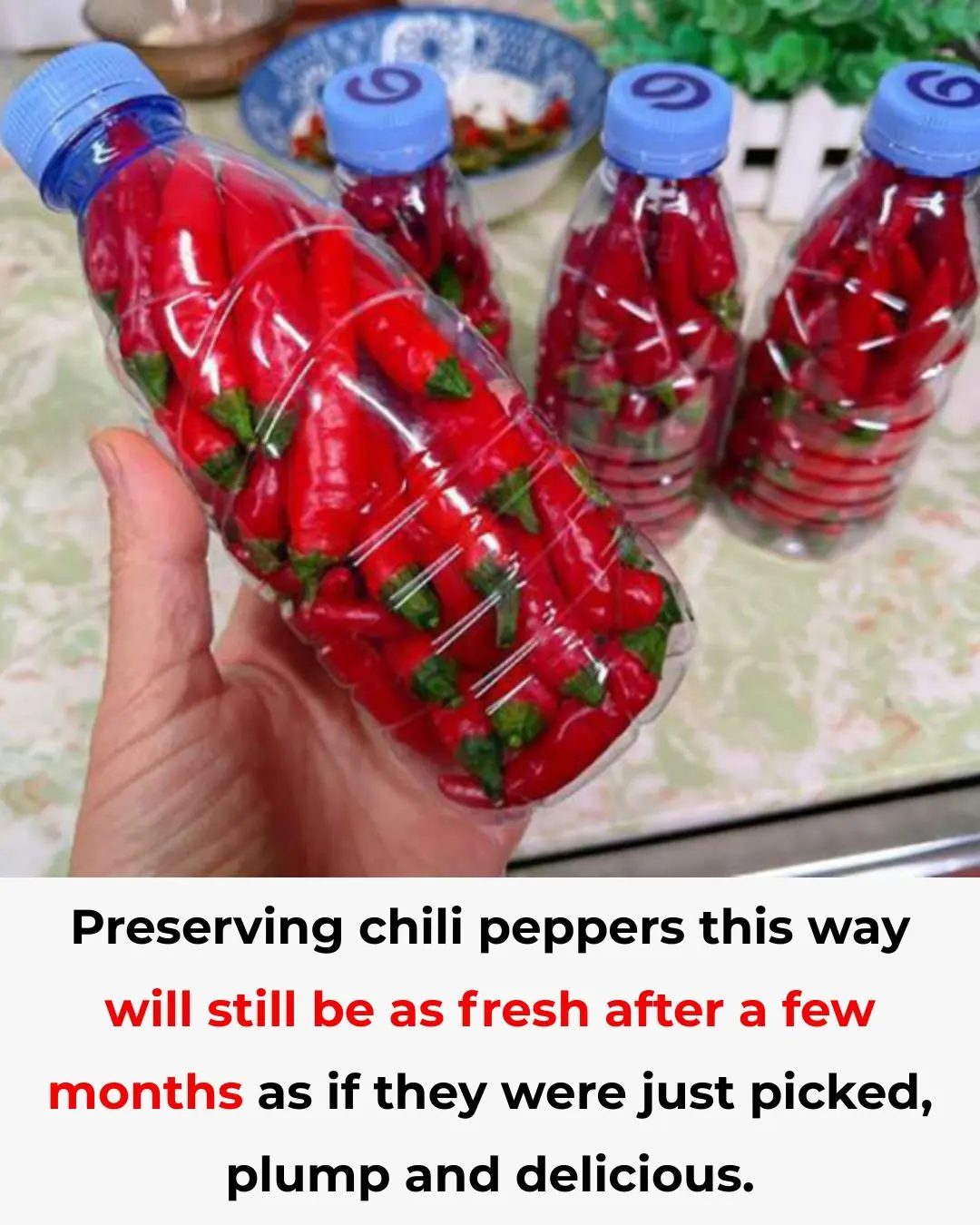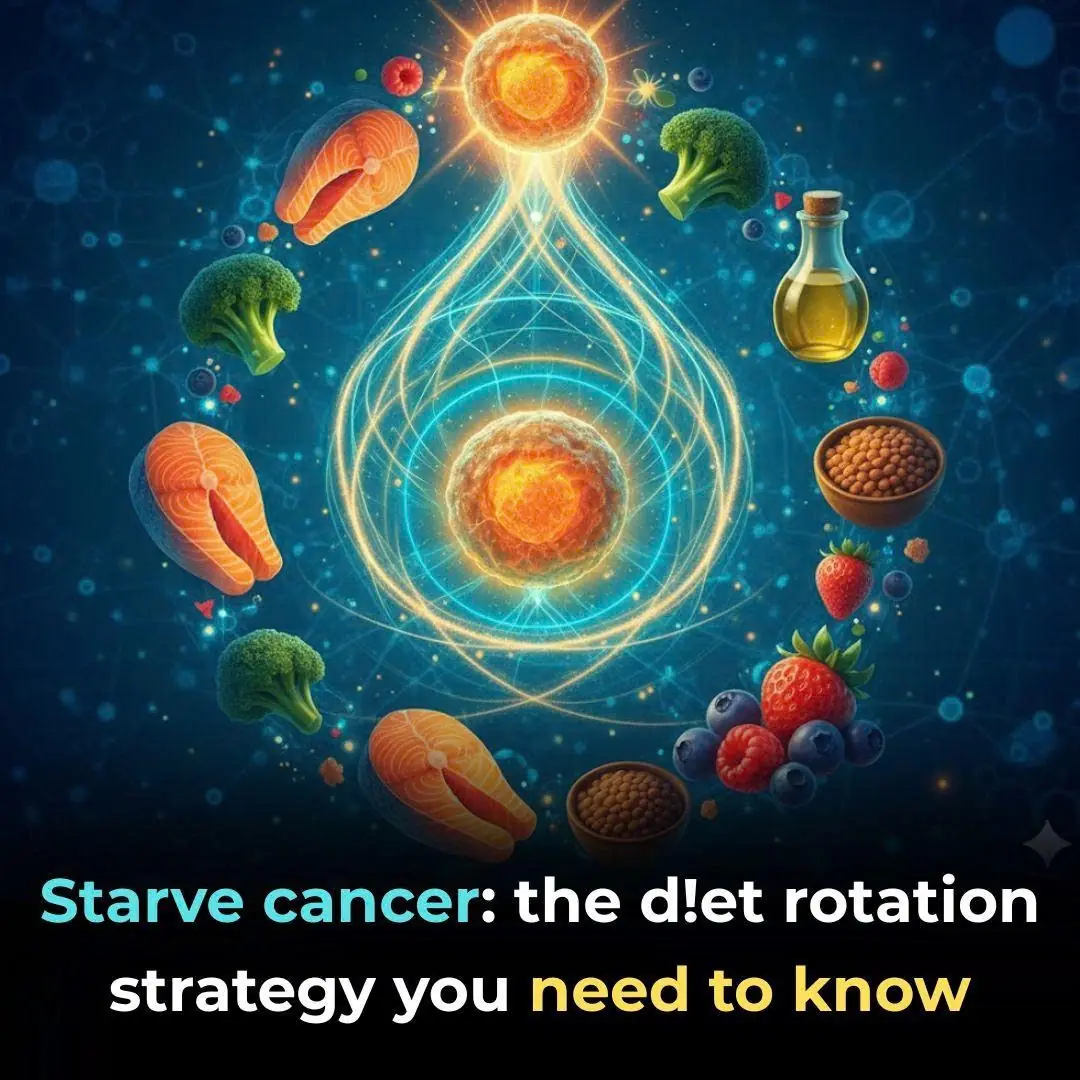
🧠 A Stroke Can Happen Suddenly — But Your Body Might Send Early Warnings (Know the Signs)

⚠️ All types are medical emergencies — even if symptoms go away.
⚠️ The Real Warning Signs: Know FAST
Most strokes strike suddenly — but they follow a pattern. Use the FAST acronym to spot them:
✅ Remember: "Time lost is brain lost."
🔥 Other Sudden Symptoms That Demand Immediate Care
If any of these occur suddenly, suspect stroke:
📌 These can happen in minutes, not weeks.
❗ Can You Really Feel a Stroke Coming Days Before?
While most strokes happen without long-term warning, there are two key scenarios where early signs appear:
1. Transient Ischemic Attack (TIA / Mini-Stroke)
- Same symptoms as a stroke — but lasts less than 1 hour
- Often dismissed as “dizziness,” “a weird moment,” or “just stress”
- Not harmless — up to 50% of full strokes happen within 48 hours of a TIA
🩺 If you or someone has stroke-like symptoms that go away — still go to the ER.
2. Gradual Buildup of Risk Factors
These aren't "warning signs," but silent conditions that increase stroke risk over time:
- High blood pressure (the #1 cause)
- Atrial fibrillation (irregular heartbeat)
- High cholesterol
- Diabetes
- Smoking
💡 You won’t “feel” these — which is why regular check-ups are essential.
✅ Who Is at Higher Risk?
🩺 The good news? Up to 80% of strokes are preventable with lifestyle changes and medical care.
✅ How to Reduce Your Risk
💡 Tip: Ask your doctor about your stroke risk score — many clinics offer free screenings.
❌ Debunking the Myths
Final Thoughts
You don’t need a crystal ball to protect yourself from stroke.
You just need to know the signs, manage your risks, and act fast when something feels wrong.
So if you or someone experiences sudden weakness, slurred speech, or facial droop… don’t wait. Don’t drive. Don’t “see if it gets better.”
Because real courage isn’t about ignoring danger. It’s about responding — fast, fearless, and focused.
And that kind of decision? It can mean the difference between walking away… and never speaking again.
News in the same category


SHOCKING NEW STUDY REVEALS WHAT MIGHT BE SILENTLY DESTROYING HUMAN FERTILITY

POPULAR SHAMPOO URGENTLY RECALLED BECAUSE IT CONTAINS BACTERIA THAT KILLS UP TO ONE IN TEN PATIENTS
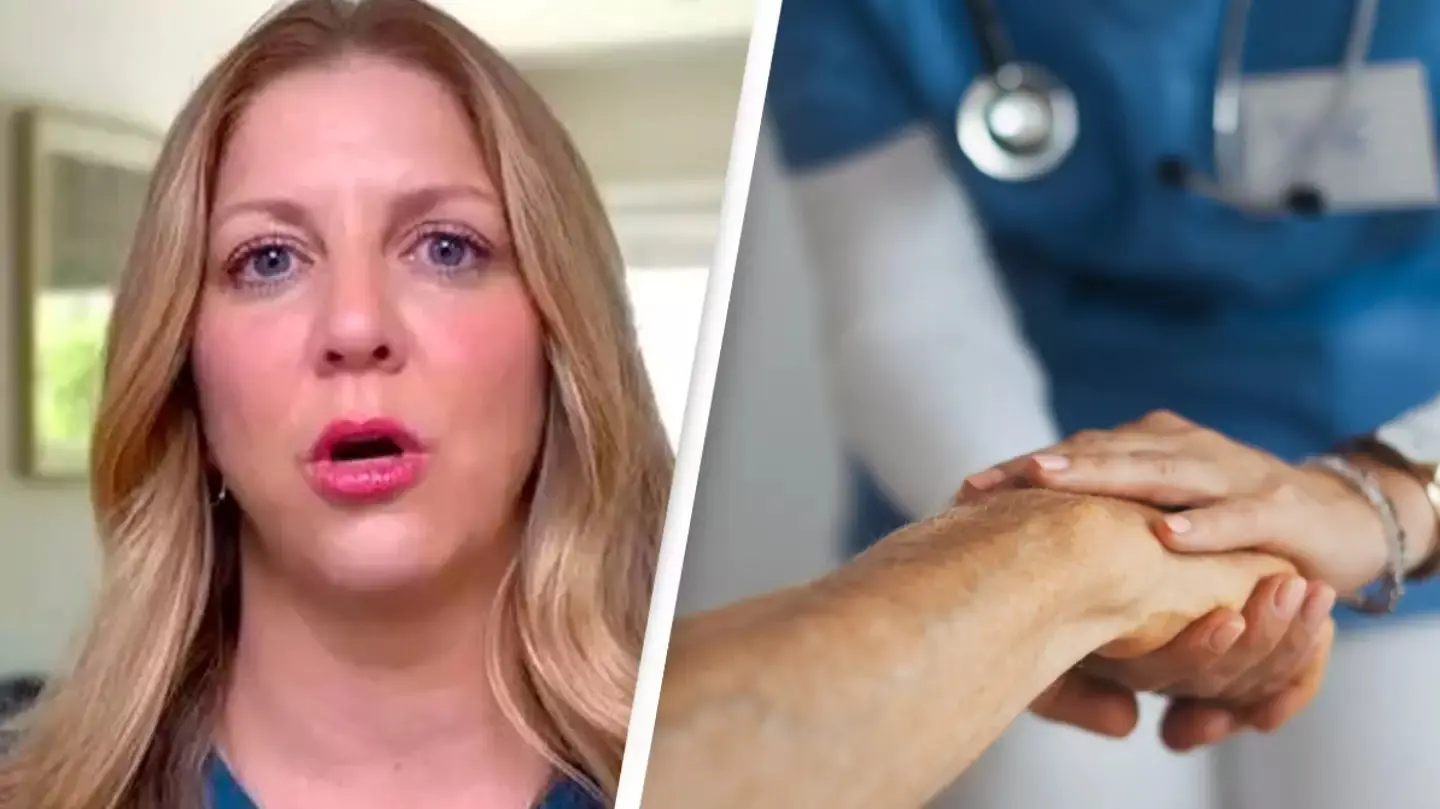
Nurse who's witnessed 'so many deaths' explains spine-chilling moment she realised 'what happens after we die'
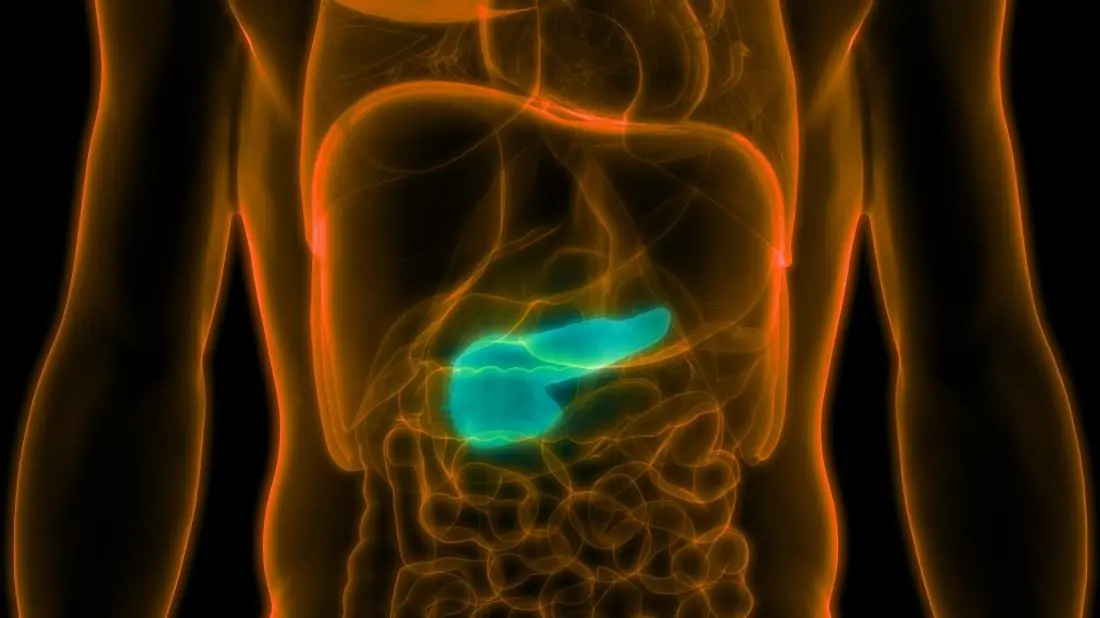
The influenza flu virus is being used to cure pancreatic cancer

Eye Doctor Reveals What To Do If You Start Seeing ‘Floaters’

If cancer cells are present in the body, these 3 symptoms often appear in the morning everyone should pay attention
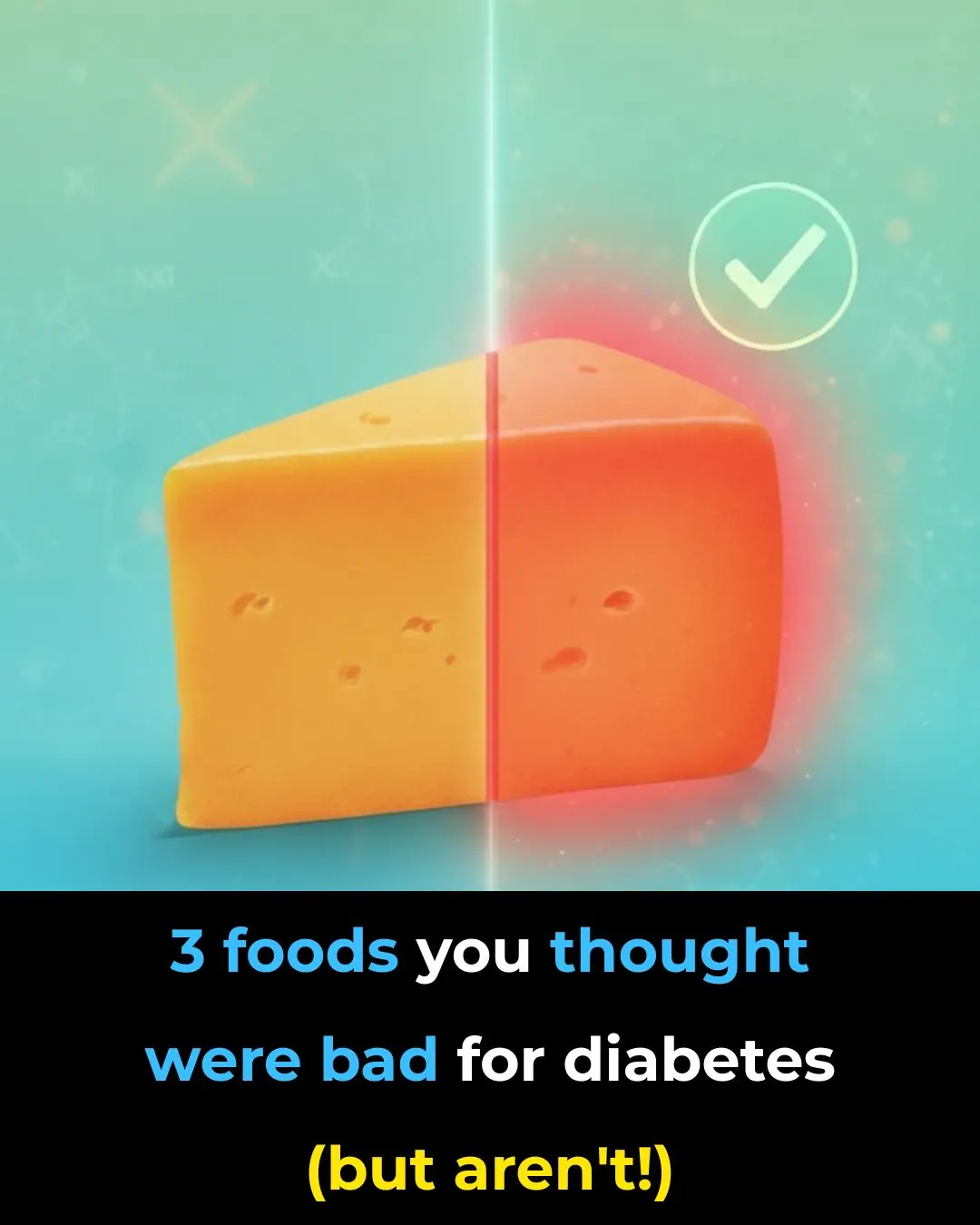
3 foods you thought were bad for diabetes (but aren’t!)
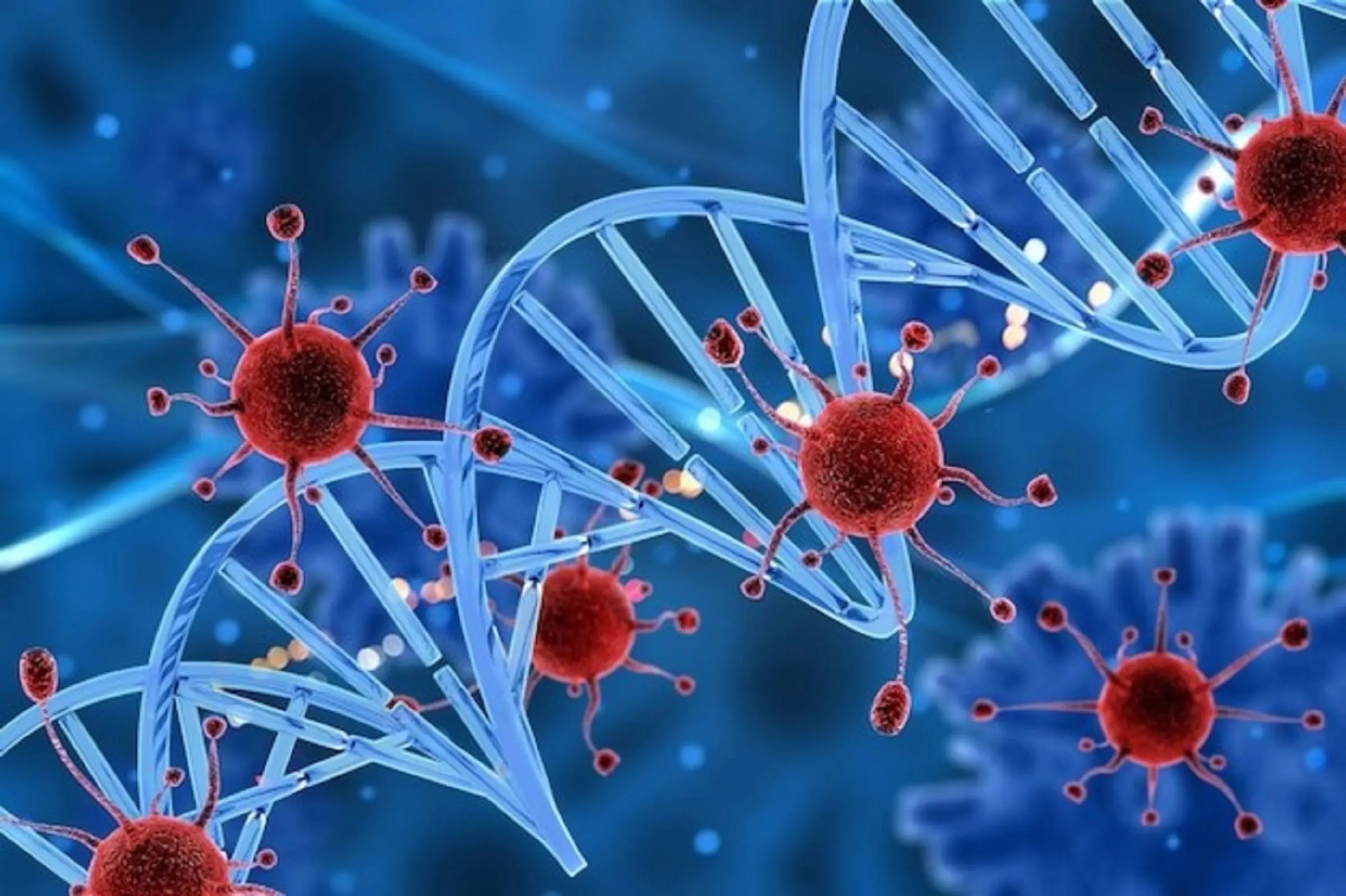
CANCER IS PAINLESS AT FIRST, BIT IF YOU SEE THESE 8 SIGNS WHEN GOING TO THE TOILET, YOU SHOULD SEE A DOCTOR IMMEDIATELY
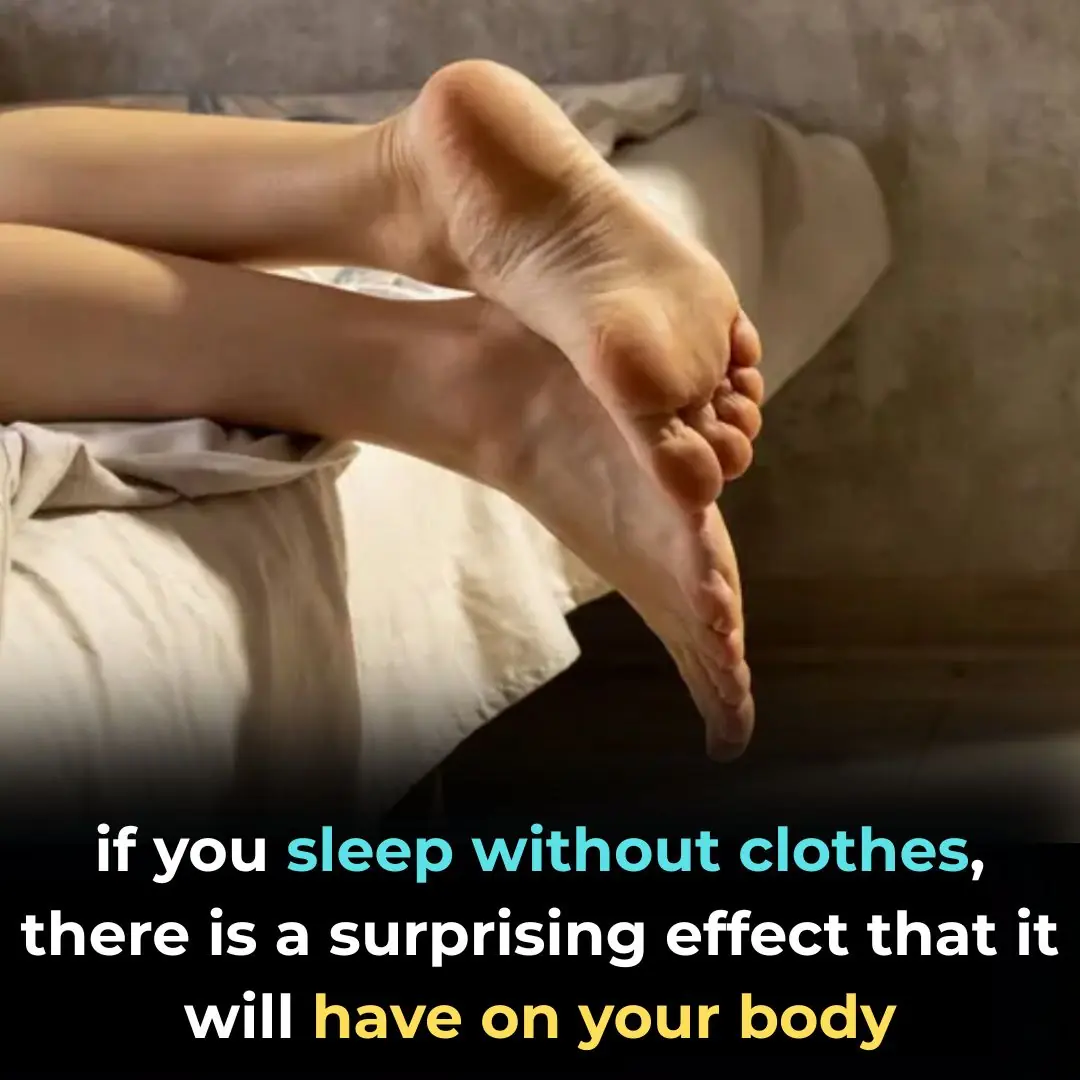
Sleeping Naked: 8 Surprising Benefits

What Happens To Your Skin When You Rub An Ice Cube On Your Face
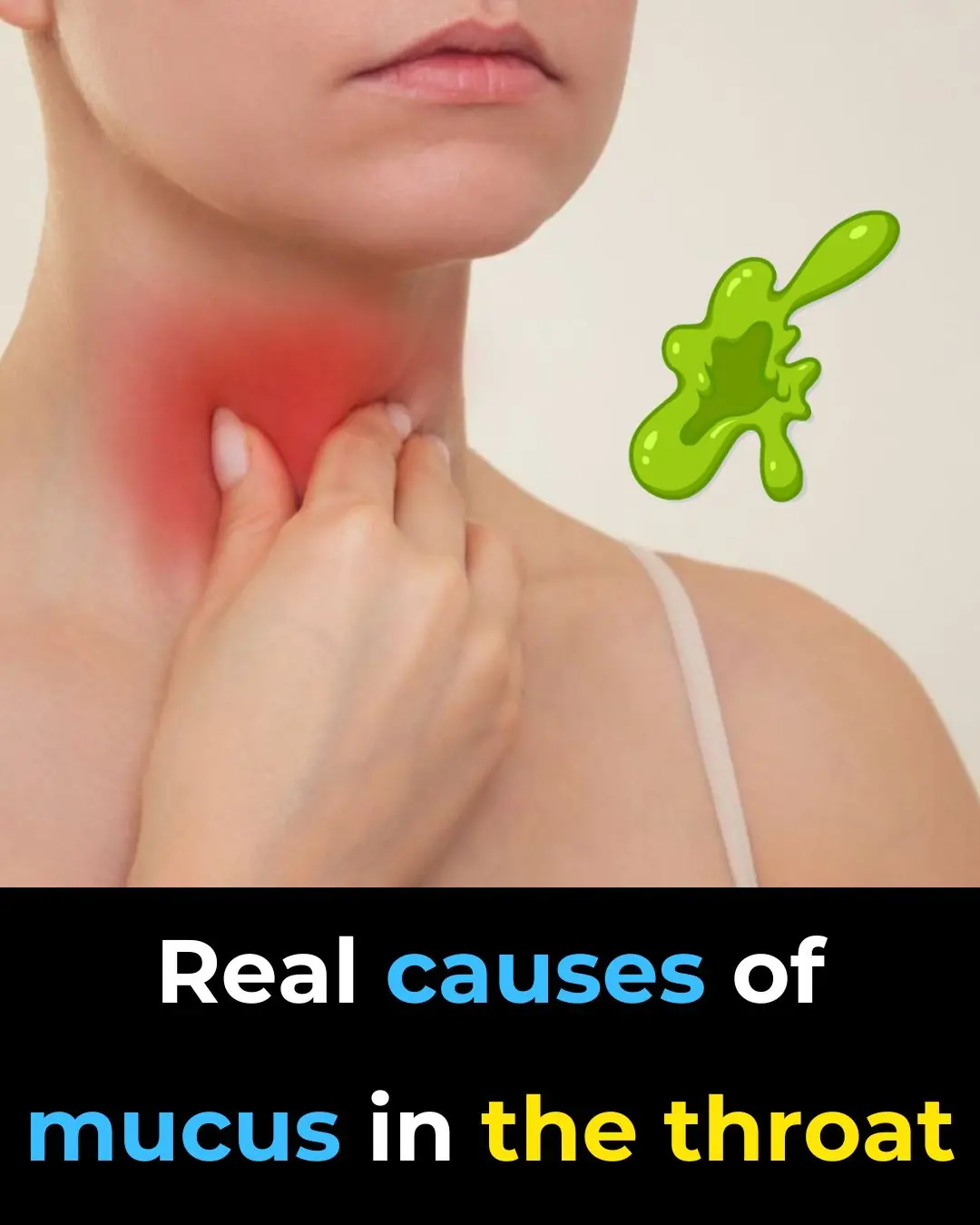
🤢 The Real Causes of Constant Phlegm and Mucus in Throat — And How to Get Rid of It
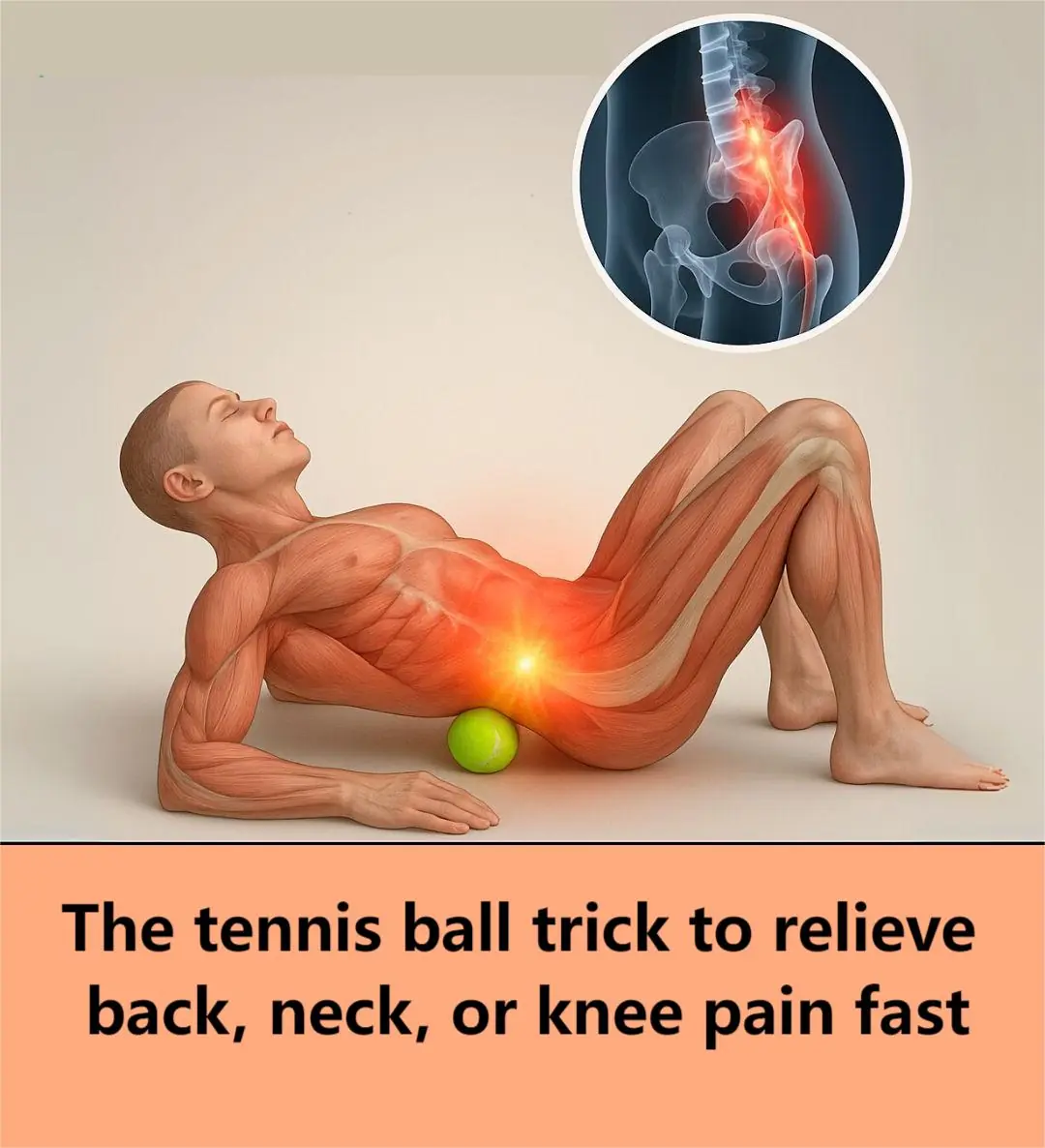
The Tennis Ball Trick That Can Relieve Back, Neck Or Knee Pain In Seconds
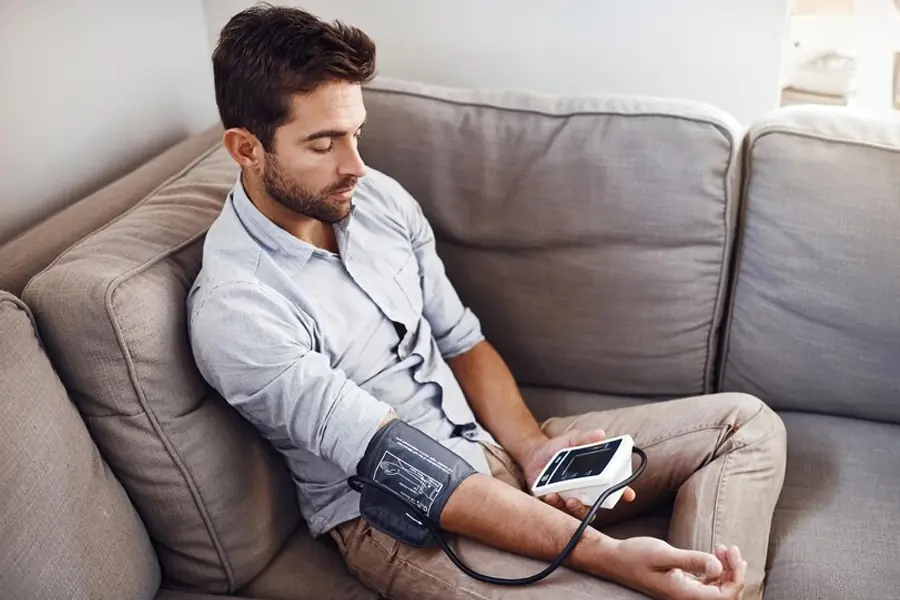
Are You Being Lied To About What Your Blood Pressure Should Be? — Read This Before You “Chase the Number”
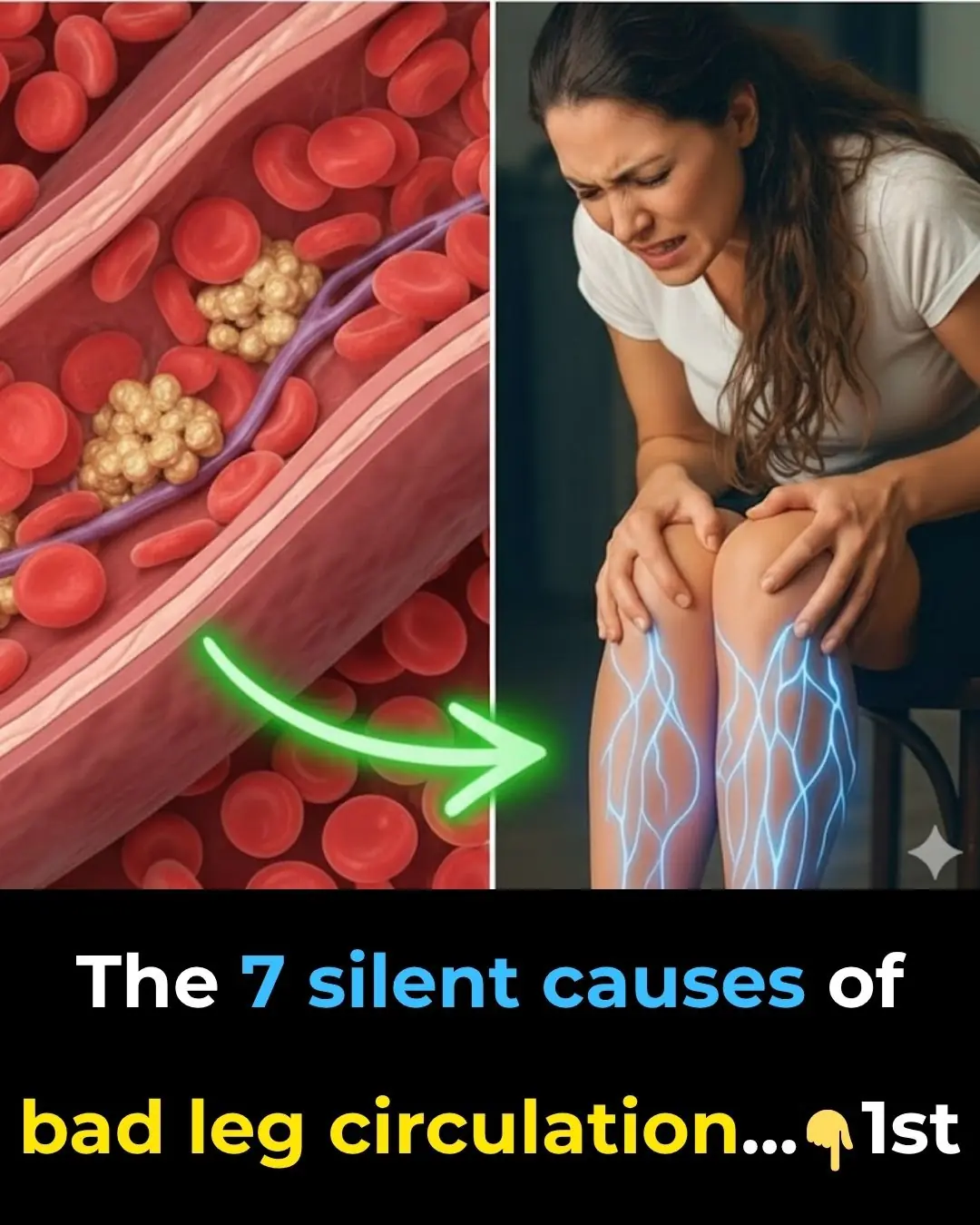
The 7 silent causes of bad leg circulation
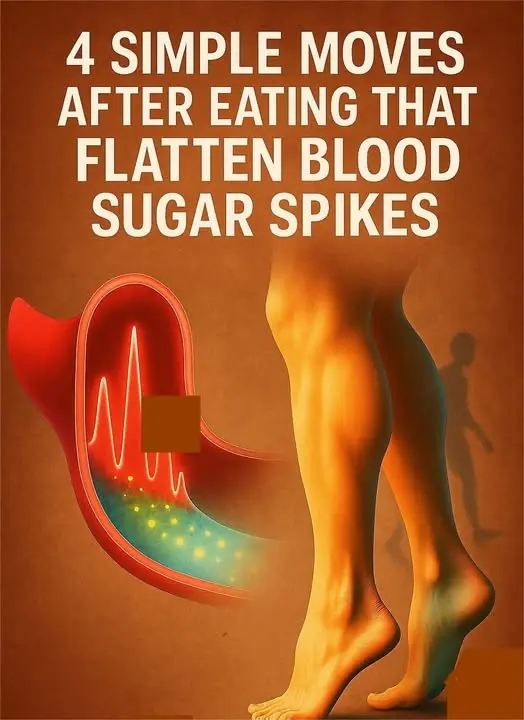
4 simple moves after eating that flatten blood sugar spikes

This Miraculous Drink Will Work Wonders for Your Thyroid

This Starves Colon Cancer Cells — and Strengthens Your Body’s Natural Defenses
News Post
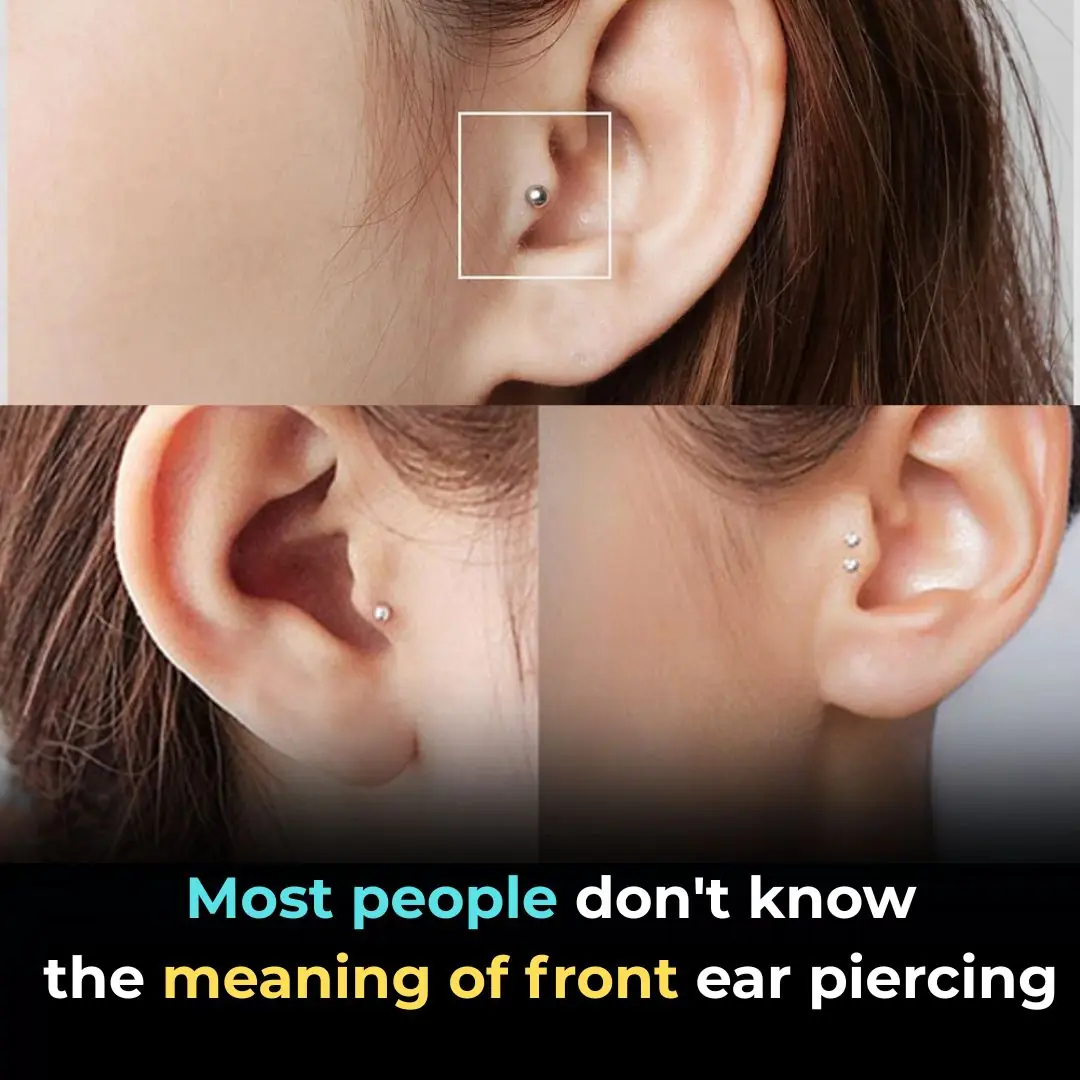
Tragus Piercing What Does It Mean
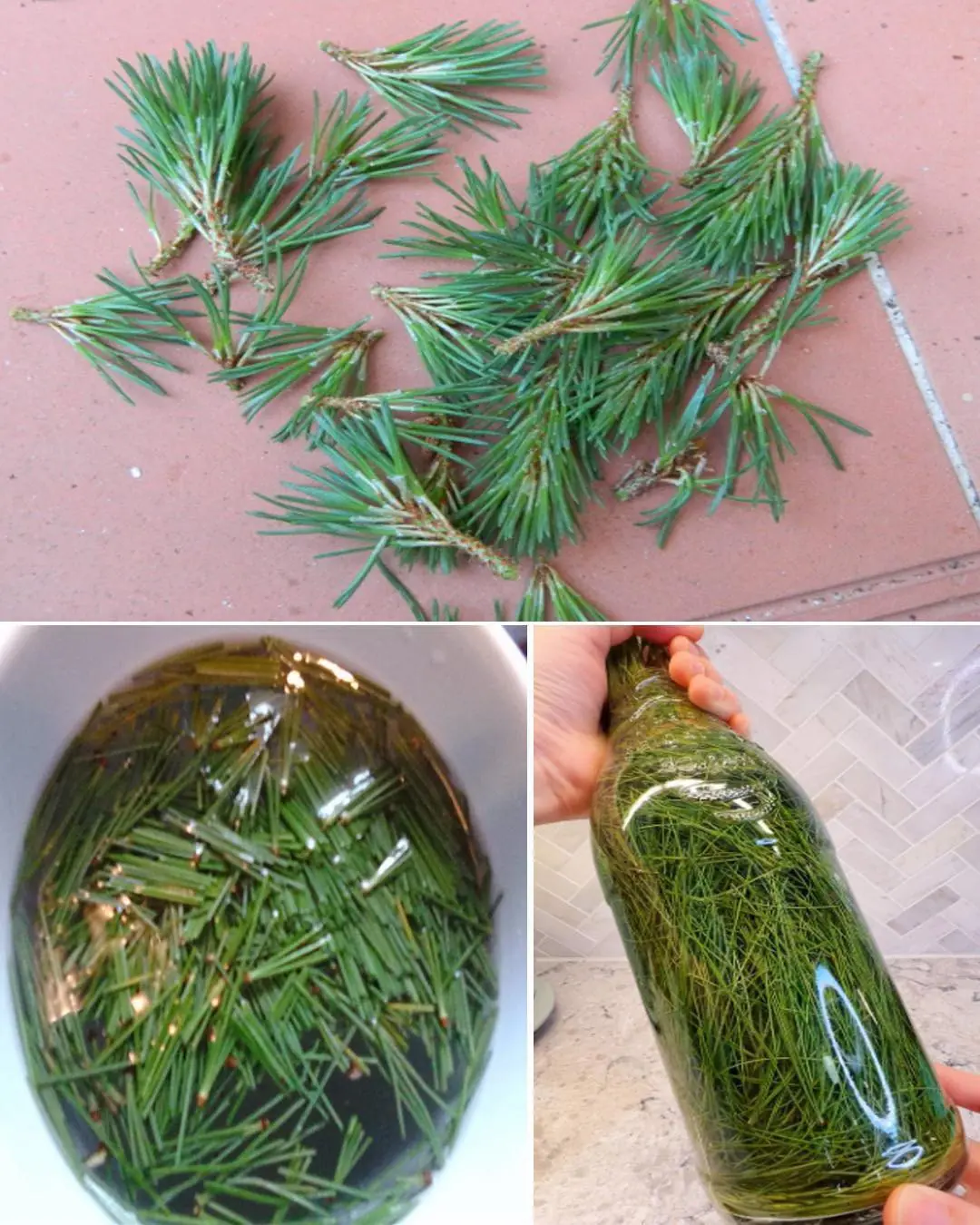
9 Health Benefits of Pine Needles

Unlock The Incredible Health Benefits of Garlic, Ginger and Lemon for Men

A special method to grow garlic in plastic bottles

7 Benefits of the Miracle Leaf of Life

7 Amazing Health Benefits of Banana Blossoms

Boiling Sweet Potatoes: Don’t Just Add Plain Water—Add This Spoonful for Perfectly Fluffy, Sweet Results

The Science Behind Putting a Cotton Swab in a Menthol Oil Bottle
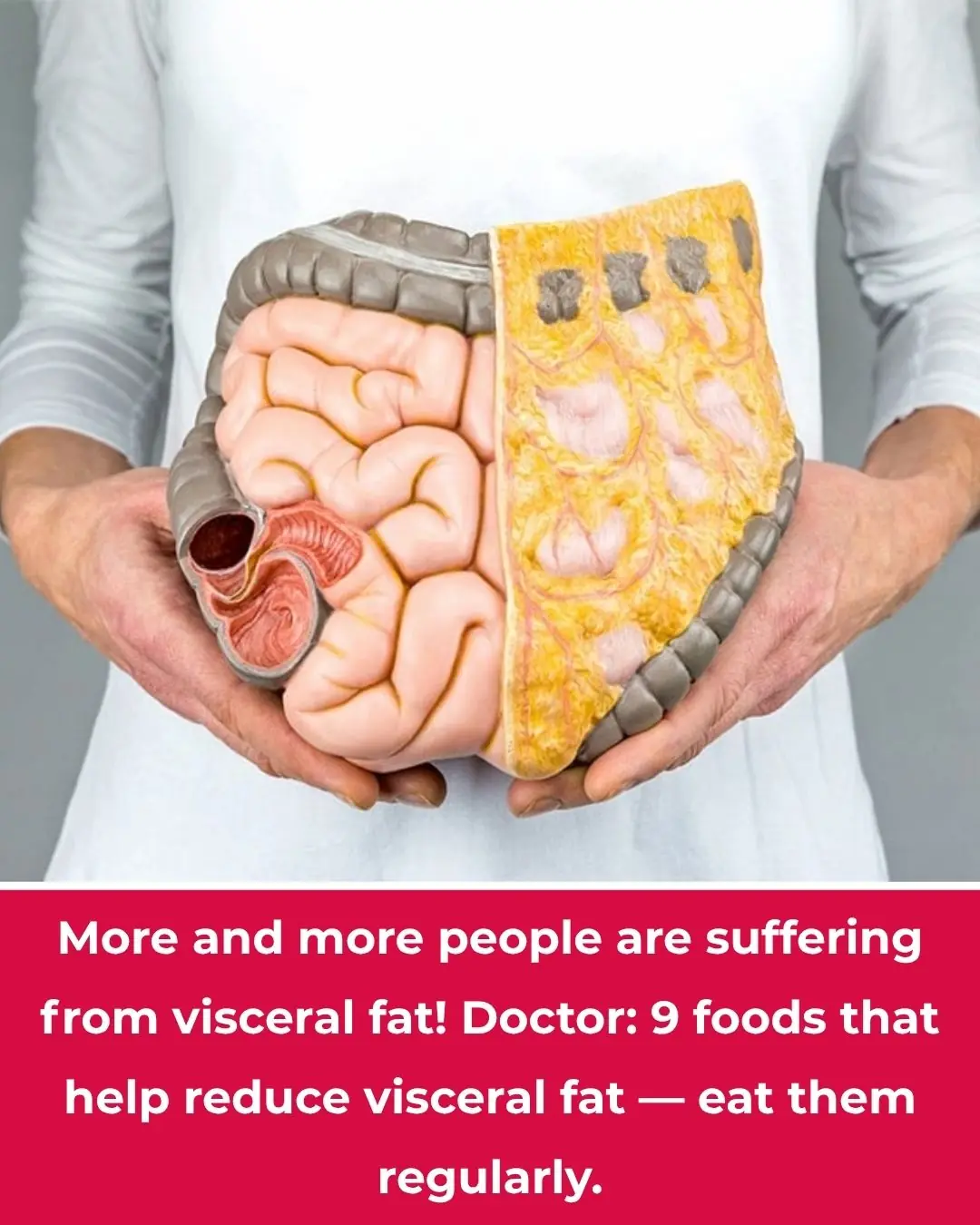
More People Are Struggling with Visceral Fat — Doctors Reveal 9 Foods That Help Burn It Naturally
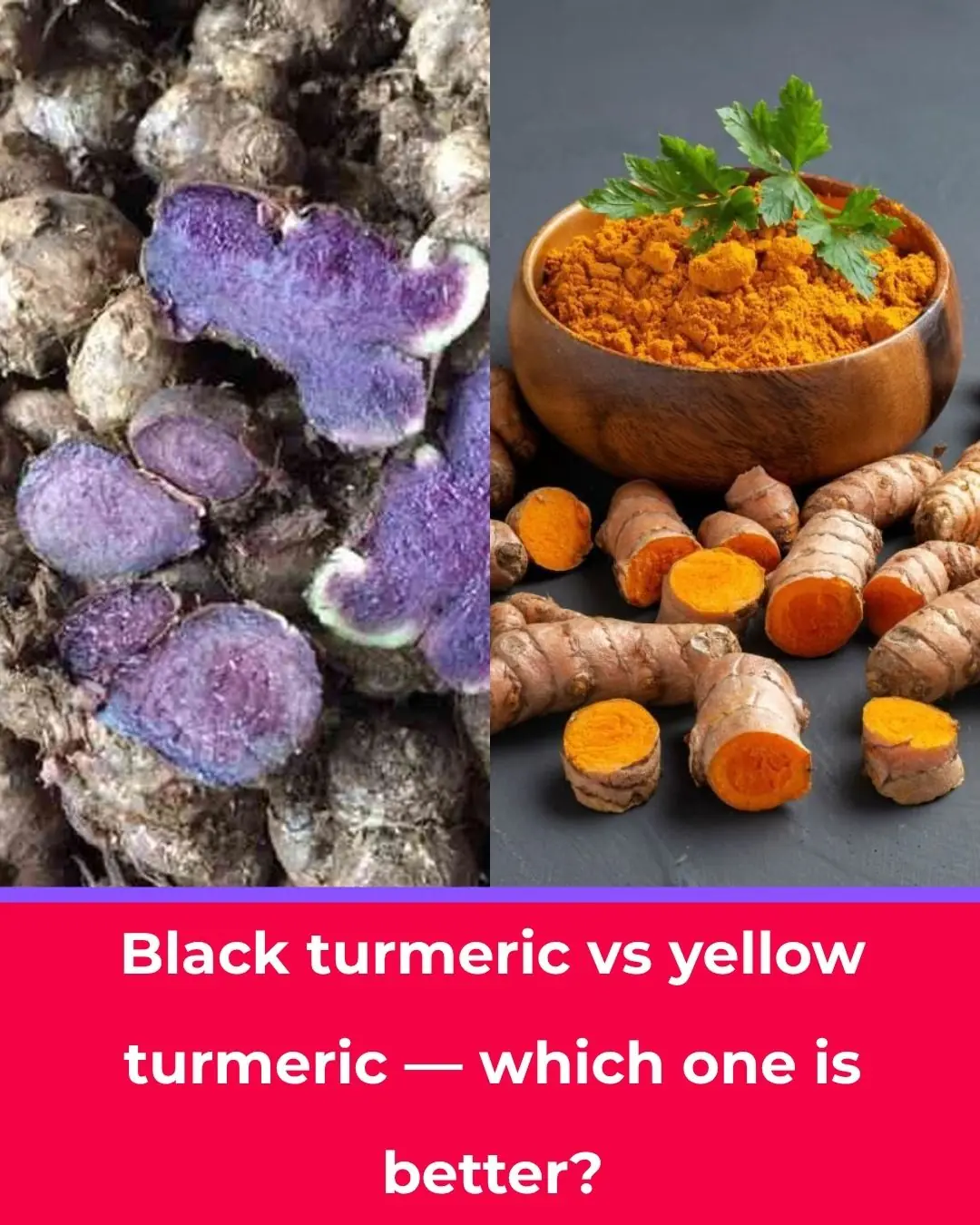
Black Turmeric vs. Yellow Turmeric: Which One Is Better?

Starve cancer: the diet rotation strategy you need to know
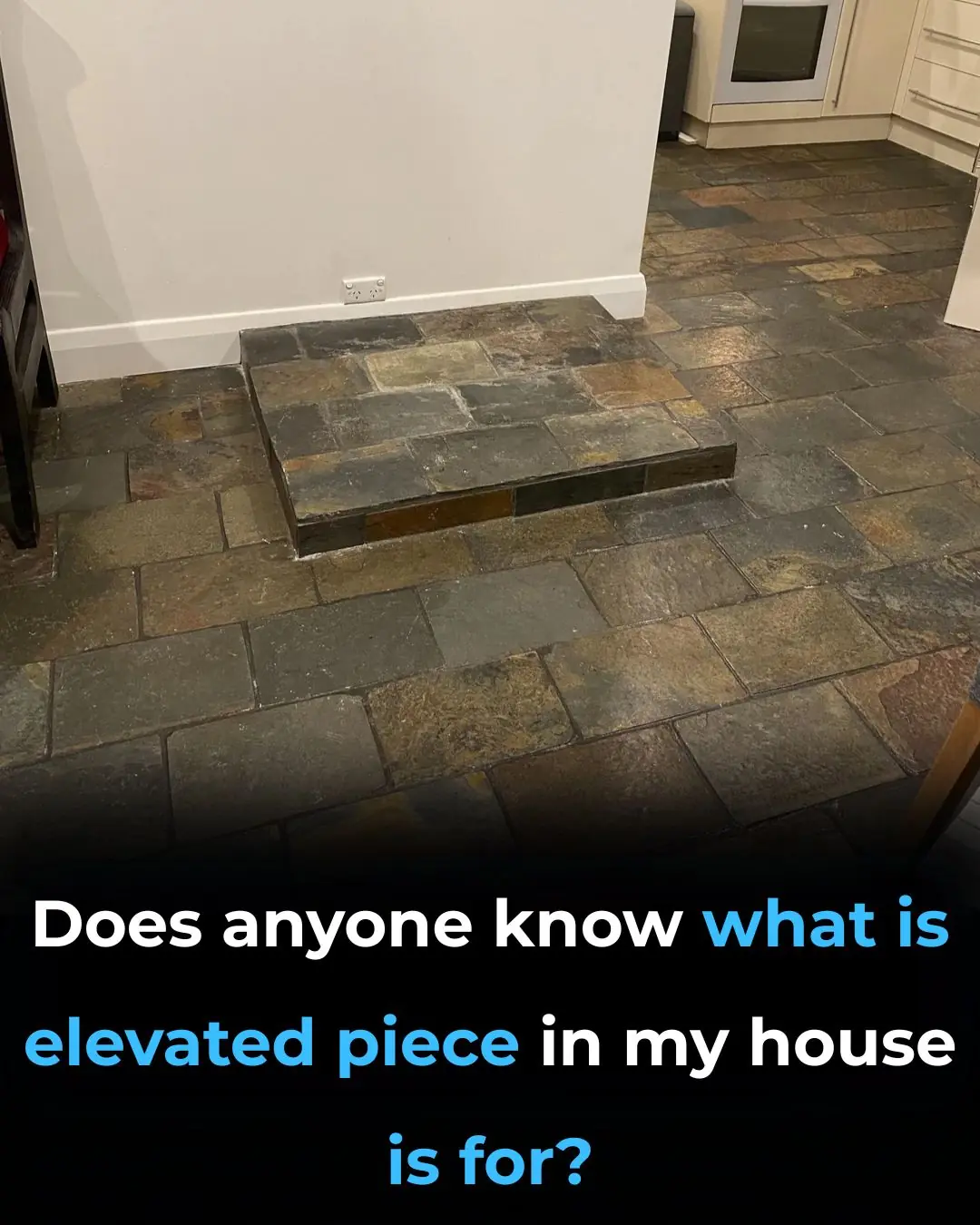
Like to see more from Tips for the Home
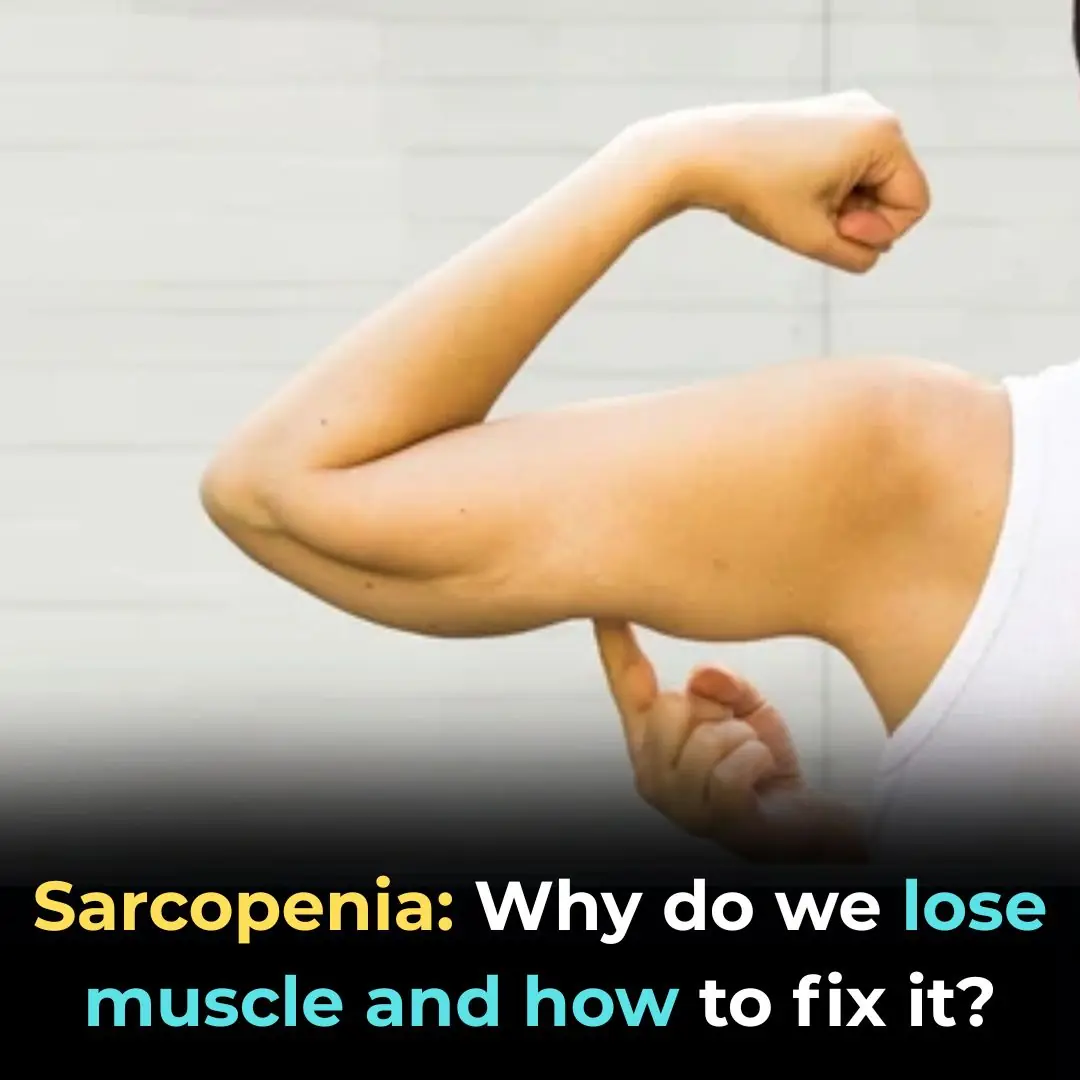
💪 Sarcopenia: Why Muscle Loss Happens & How to Fight It (After 50)
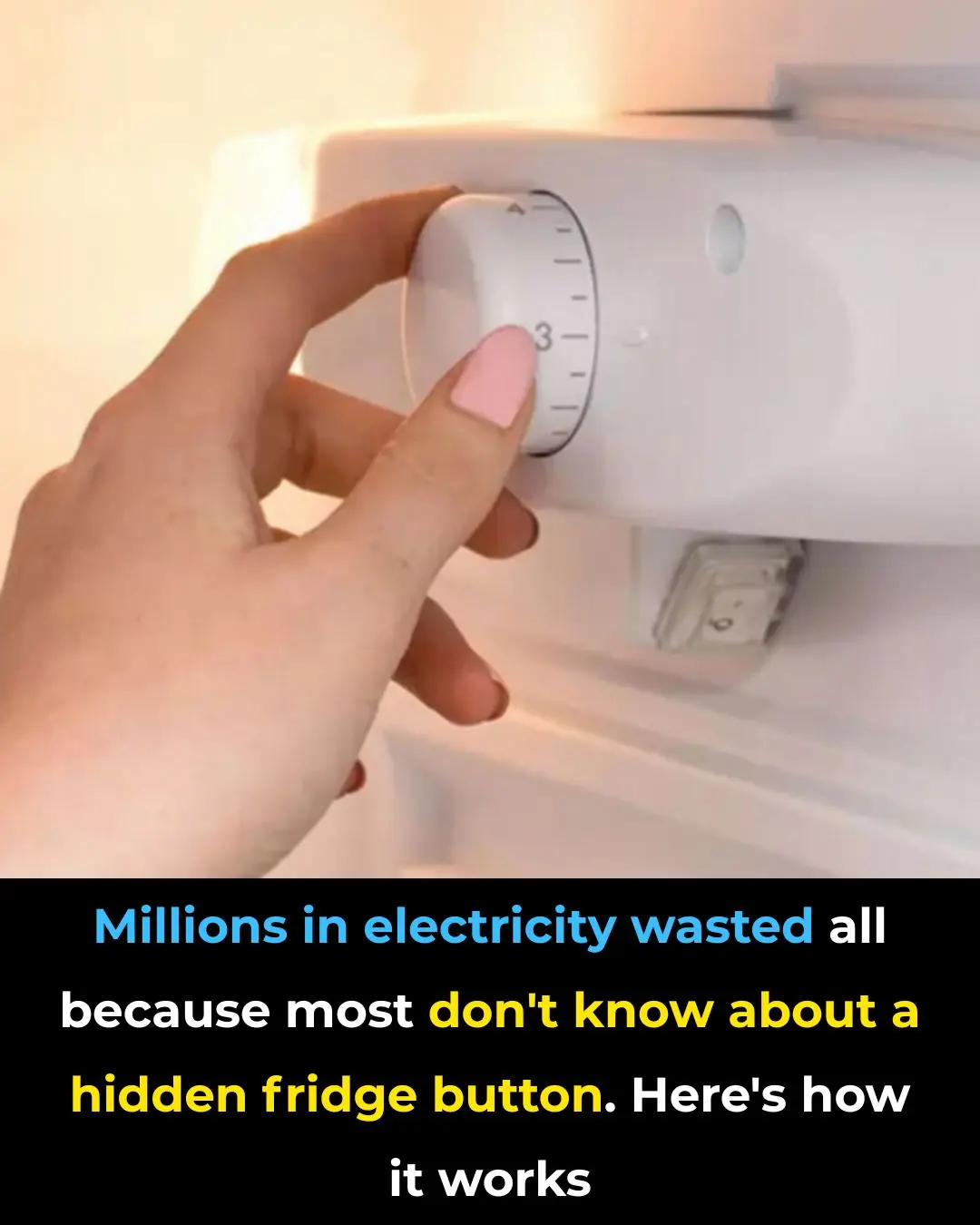
I Had No Idea About This!

These Ideas Are Amazing: 10 Clever Ways to Use Dryer Sheets Beyond the Laundry Room

Most Don’t Know: 13 Brilliant Ways to Use WD-40 Around the House
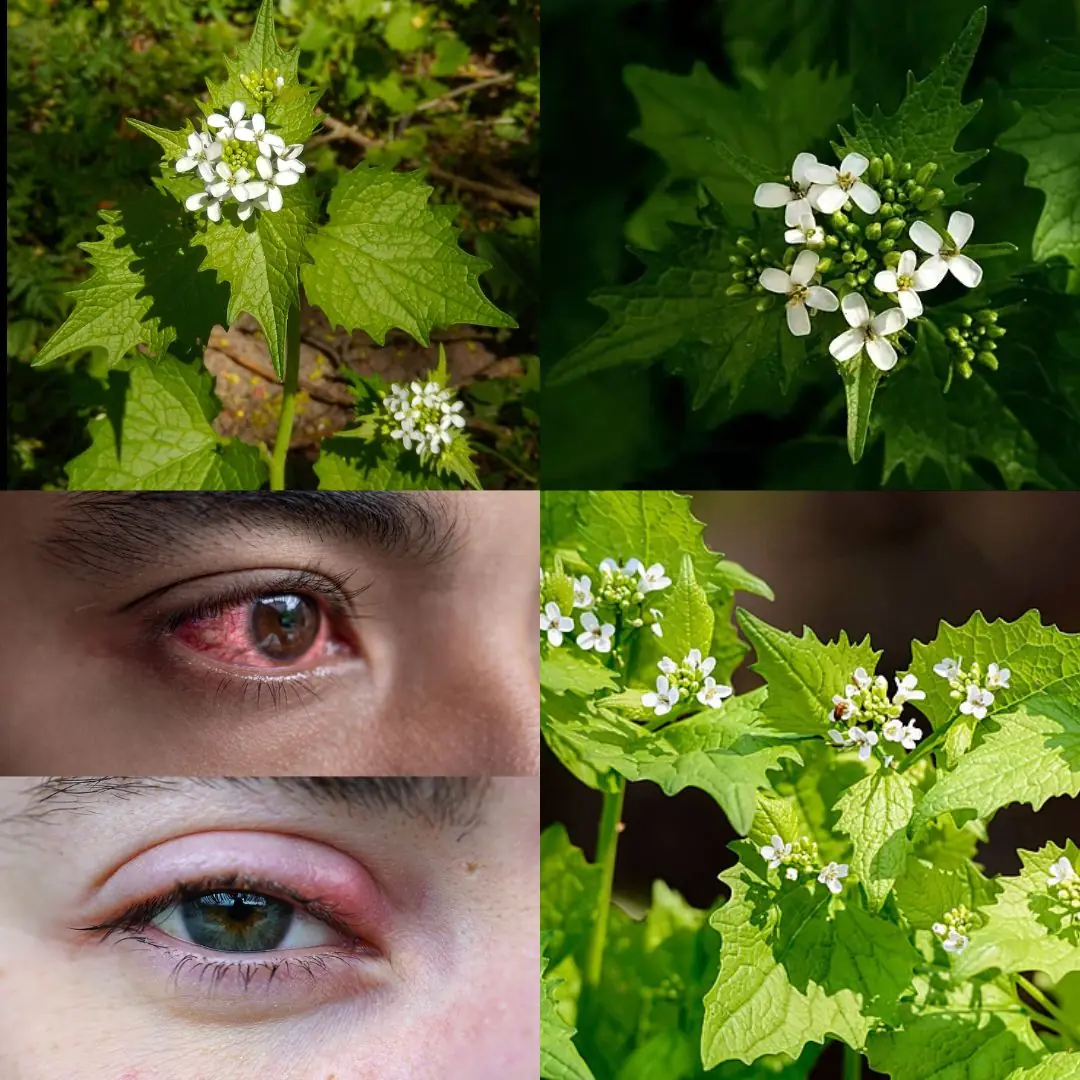
Garlic Mustard: The Overlooked Herb That Can Boost Your Health — Especially Your Eyes

SHOCKING NEW STUDY REVEALS WHAT MIGHT BE SILENTLY DESTROYING HUMAN FERTILITY

POPULAR SHAMPOO URGENTLY RECALLED BECAUSE IT CONTAINS BACTERIA THAT KILLS UP TO ONE IN TEN PATIENTS
